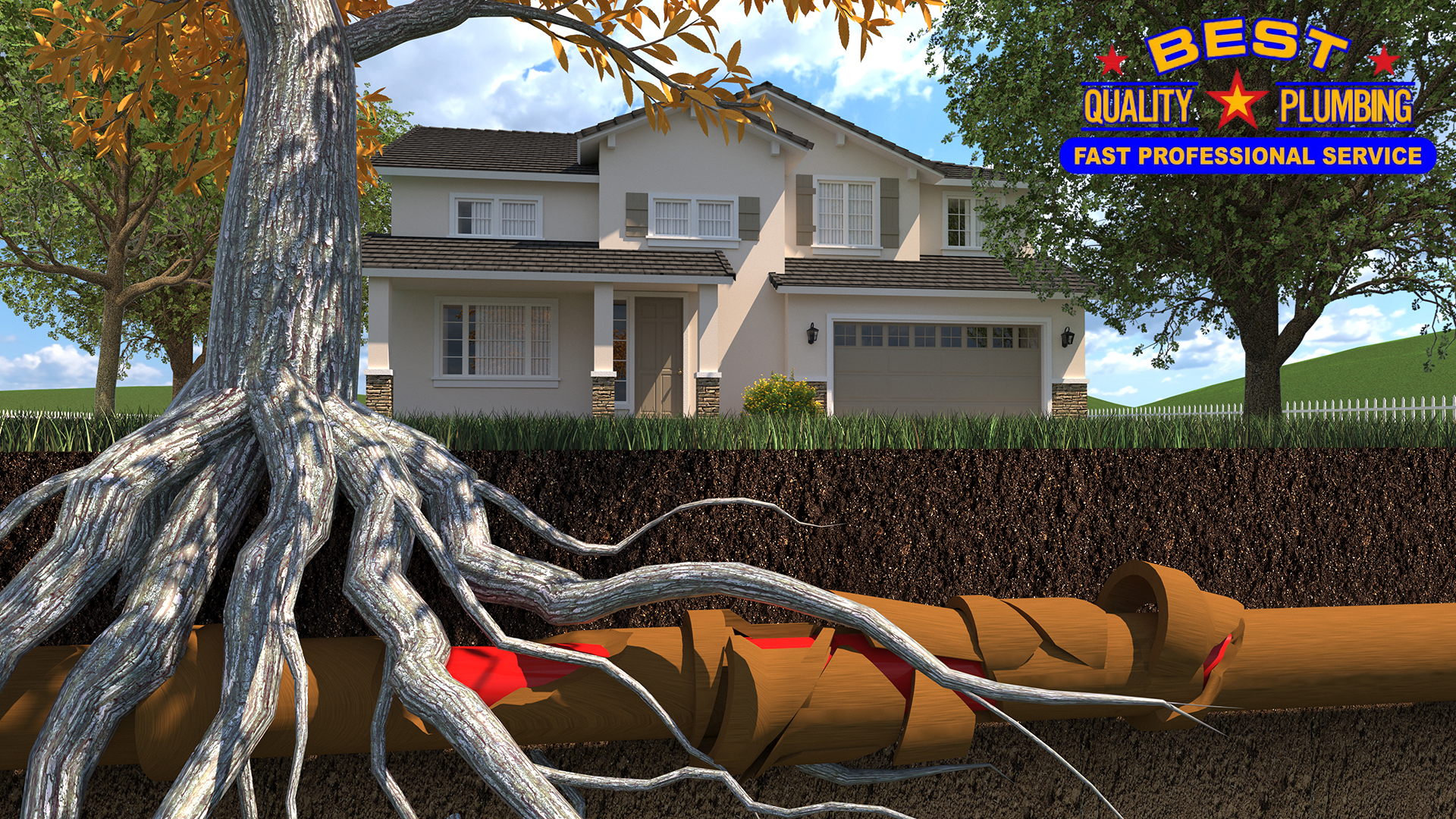
Introduction
Water heaters are essential appliances in our homes, providing us with hot water for bathing, washing dishes, and various other purposes. However, like any other appliance, they are prone to malfunctions and breakdowns over time. In this comprehensive guide, we’ll delve into the world of water heater repair, covering troubleshooting steps, maintenance tips, and solutions to common issues.
Understanding Your Water Heater
Before diving into repair techniques, it’s crucial to understand the basic components of your water heater. Most residential water heaters fall into two categories: tank-type and tankless.
- Tank-Type Water Heaters: These are the most common type found in homes. They store heated water in a tank until it’s needed. Components include a tank, heating element (gas burner or electric heating element), thermostat, pressure relief valve, and anode rod.
- Tankless Water Heaters: Also known as on-demand water heaters, they heat water directly without the use of a storage tank. Components include a heat exchanger, heating elements (gas or electric), flow sensor, and control panel.
Troubleshooting Common Issues
- No Hot Water: If your water heater isn’t producing hot water, several factors could be at play. Check the power source (gas supply or electrical connection), thermostat settings, and heating element. For gas heaters, ensure the pilot light is lit.
- Not Enough Hot Water: Insufficient hot water could result from a variety of issues, such as a small tank size, sediment buildup, or a faulty heating element. Flushing the tank and checking for sediment accumulation can often resolve this issue.
- Water Leaks: Leaks can occur due to loose fittings, a damaged pressure relief valve, or corrosion. Inspect the tank and connections for signs of leakage and tighten fittings if necessary. Replace damaged components promptly to prevent further damage.
- Strange Noises: Rumbling or popping noises emanating from the water heater may indicate sediment buildup at the bottom of the tank. Flushing the tank can alleviate this issue and improve the heater’s efficiency.
DIY Repair Techniques
While some water heater issues may require professional intervention, many can be addressed through DIY repair techniques. Here are some common repairs you can attempt:
- Flushing the Tank: Sediment buildup can significantly reduce your water heater’s efficiency. Flushing the tank annually helps remove sediment and maintain optimal performance.
- Replacing Heating Elements: If your water heater is not producing sufficient hot water, a faulty heating element could be the culprit. Replacement is relatively straightforward and can often be done without professional assistance.
- Replacing Pressure Relief Valve: A leaking pressure relief valve can lead to water wastage and potential damage. Turn off the power supply, drain the tank, and replace the valve following manufacturer instructions.
- Insulating Pipes: Insulating hot water pipes can help minimize heat loss and reduce energy consumption. Wrap insulation around exposed pipes, especially in unheated areas of your home.
When to Call a Professional
While DIY repairs can save you time and money, certain issues are best left to professionals. Consider seeking professional assistance in the following scenarios:
- Gas Leaks: Gas water heaters pose a risk of gas leaks, which can be dangerous if not handled properly. If you suspect a gas leak, evacuate the area immediately and contact a qualified technician.
- Major Leaks or Damage: Extensive leaks or structural damage to the water heater may require professional repair or replacement. Attempting to fix major leaks without the necessary expertise could exacerbate the problem.
- Electrical Issues: If you encounter electrical problems with your water heater, such as wiring issues or malfunctions, it’s safest to enlist the help of a licensed electrician.
Maintenance Tips for Longevity
Preventive maintenance is key to extending the lifespan of your water heater and minimizing the need for repairs. Here are some maintenance tips to keep your water heater running smoothly:
- Regular Inspections: Conduct periodic inspections of your water heater for signs of leaks, corrosion, or other issues. Address any problems promptly to prevent further damage.
- Flushing the Tank: As mentioned earlier, flushing the tank annually helps remove sediment and maintain efficiency. Follow manufacturer recommendations for flushing frequency and procedures.
- Adjusting Temperature Settings: Set your water heater’s thermostat to an appropriate temperature (typically around 120°F or 49°C) to prevent scalding and reduce energy consumption.
- Insulating the Tank: Consider insulating your water heater tank with a blanket or jacket to improve heat retention and reduce standby heat loss.
Conclusion
Water heater repair doesn’t have to be daunting. By understanding how your water heater works, troubleshooting common issues, and performing routine maintenance, you can keep your appliance running efficiently for years to come. Remember, safety should always be your top priority, so don’t hesitate to seek professional assistance when needed. With the tips and techniques outlined in this guide, you’ll be better equipped to tackle water heater repairs and ensure a steady supply of hot water in your home. but remerber Best Quality Plumbing Inc Team is always at your side in case you need an extra help! You can reach us at (818) 282-5846 0r Contact Form.
Have Us Address Your Sewer-Related Concerns
Don’t wait for your sewer issues to get out of hand. As soon as you notice a problem, contact Best Quality Plumbing. We are the leading provider of sewer line repair in Sylmar, CA, and nearby areas. Call us or fill out the form for fast and effective sewer solutions.



